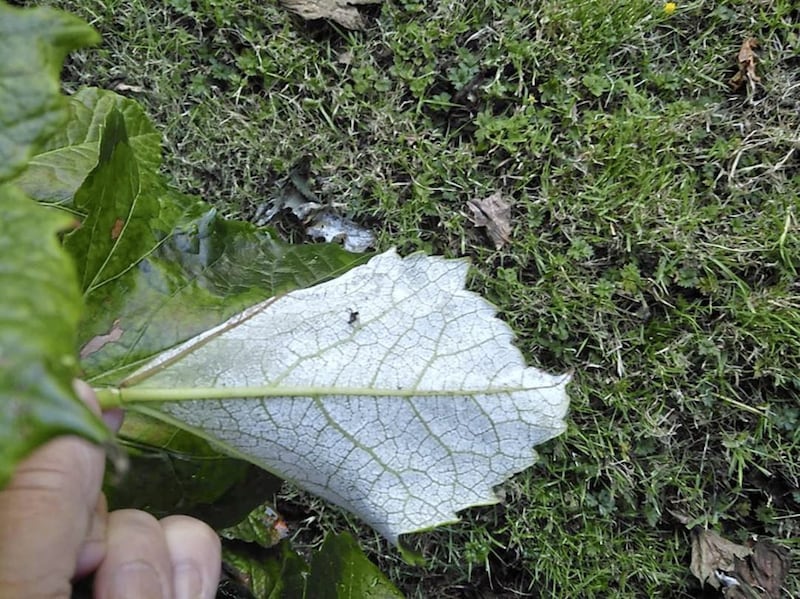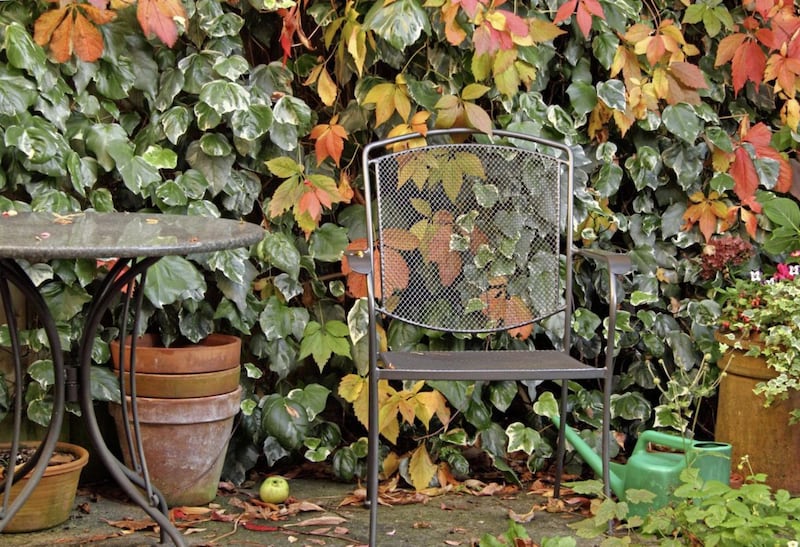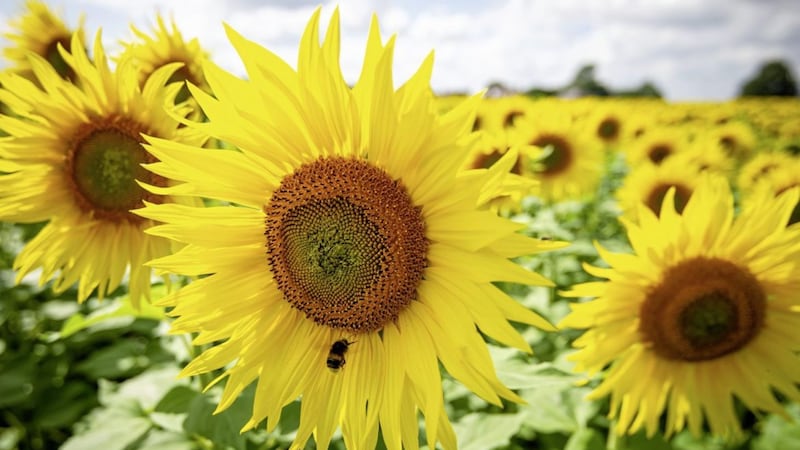Q: Mary Feeney asks via email: I have only been able to grow sunflowers successfully once. I usually plant the seeds initially in small pots. As they grow I find them to be very spindly and an unable to plant them out. Any ideas how I can prevent the seedlings growing too quickly and as a result are too frail to plant out?
A: Claire Woods, garden manager at Hillsborough Castle and Gardens, says: Sun, sun and more sun, sunflowers grow naturally on the North American prairies where they have a long growing season and get lots of light - the more light and sun the better. The trick to getting sturdy sunflower seedlings to plant out is to start the seeds off inside in a paper or biodegradable pot (as they hate being transplanted) and grow them on a south facing window sill or in a glass house where they get 6-8 hours of direct sun per day, keep them well watered but never allow them to sit in water. Once the seedlings have three pairs of leaves you can start fertilising them with a seaweed fertiliser. The leaves should be dark green - pale or yellowing leaves are an indicator of starvation. When the risk of frost has passed, choose a bright sunny spot and dig in plenty of well rotted farmyard manure or compost to your planting position so they are well fed, then plant them out - pot and all - and insert a sturdy stake to keep them upright. If you choose a quick maturing variety (less than 14 weeks) you can sow them directly. This is often the best way to grow sturdy plants if you can protect the seedling from slugs.
Q: Patrick Devlin in Moy, Co Tyrone asks: How can I protect my strawberry plants from mildew in very wet summers? They're growing 4ft up on troughs on posts in compost with added perlite. Before the perlite was added my compost was saturated.
A: Klaus Laitenberger, organic gardener and lecturer says: In regards to the mildew, I think you are referring to botrytis (grey mould) which is a lot more common in Ireland. Many crops can suffer from this fungal disease and it can spread from one crop to another. Once affected with spores the fruits quickly turn into grey mouldy fruit. This fruit rot can also affect the flowers of strawberries. This disease spreads quickly at low temperatures of 15-20C and high humidity and then most of your crop can be wiped out.
You are doing the right thing by growing the plants off the ground, which surely gives good air circulation and the perlite helps with drainage. You could try a milk and water spray next year – 1 part milk and 5 parts water. Spray weekly from the time the flowers start to emerge and when you see the first signs of botrytis – spray daily.

Q: Geraldine Byrne asks via email: I hope you can help me. I have a Virginia creeper which is very old. It seems to have a disease. The underside of the leaves has gone silver, then goes brown and dry and falls off. This creeper is very sentimental to me. Can you advise please?
A: Sean McAlinden, Serc horticulture lecturer, says: Without having a sample of the plant to examine closely it's always difficult to establish what exactly the problem is but I'll have a go. Virginia creeper generally don't fall victim to too many pests and diseases, and can live for several decades. My hunch is that it's some kind of small creature, as opposed to a plant pathogen, because the discolouration on the leaves doesn't look like it's infected by a fungus. It's most likely aphids or a glasshouse red spider mite, something that's sucking the sap. Leaf spots may also indicate the presence of pathogens Guignardia and Cercospora, while powdery mildew and too much sun can also lead to white leaves. Whatever is causing the problem, a bit of TLC won't go amiss. A good water and feed, while ensuring all fallen debris is picked up to stop anything nasty spreading.









